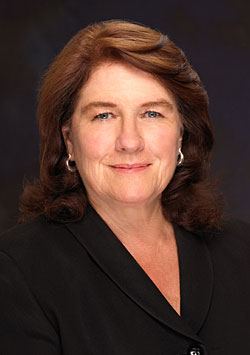How the CARES act stretches philanthropic dollars for your 2020 taxes!
As a non-profit, the Hearst Museum relies on the support of those who believe in our institution as a place where cultures connect (even if it is just virtually for the time being). While our doors are currently closed, we invite you to experience the Hearst From Home.
Museums have never been more important to us as a source of inspiration as well as a place that will be part of the healing process during this time of uncertainty. We are deeply appreciative of your commitment to the Hearst Museum and want to share how some of the legislation in the new “CARES” Act regarding your 2020 taxes can benefit the Museum.
Below are some examples of those changes and a reminder of why you should support the Hearst Museum while saving yourself some money on your taxes next year.
For those who don’t itemize their taxes…
The bill allows for up to $300 in charitable contributions to be an above-the-line deduction, meaning you don’t have to itemize to claim the deduction. Contributions must be cash donation(s) to qualified charities. The museum’s fundraising is supported through the University’s Foundation – Tax ID 94-6090626
For those who do itemize…
The bill increases the cap on annual giving from 60 percent of adjusted gross income to 100 percent.
Here is a quick explanation from the New York Times:
As part of the bill, donors can deduct 100 percent of their gift against their 2020 adjusted gross income. If you have $1 million of income, you can give $1 million to a public charity and deduct the full amount in 2020. The new deduction is only for cash gifts that go to a public charity. If you give cash to, say, your private foundation, the old deduction rules apply. And while the organizations that manage donor advised funds are public charities, you do not get the higher deduction for donating cash to your donor advised fund. If your assets are substantial enough that you can give more than your income this year, you won’t lose the deduction for the excess amount. You can use it next year, as has always been the case.
For corporate charitable giving …
The bill raises the annual limit from 10 percent to 25 percent of taxable income for corporations.
This is great news for our donors who are investing in the museum’s work of creating spaces for cultures to connect! Here is your opportunity to give to the museum and support the great work we are doing while saving yourself some money on your taxes!

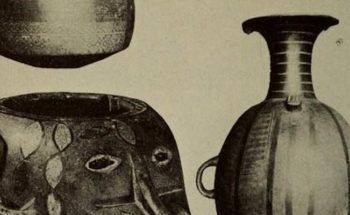
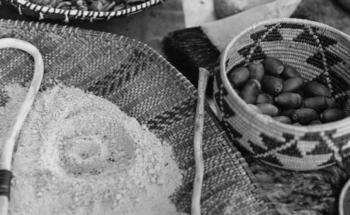
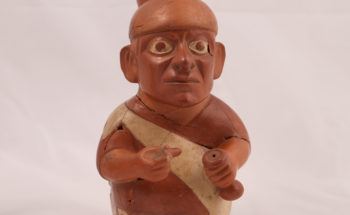
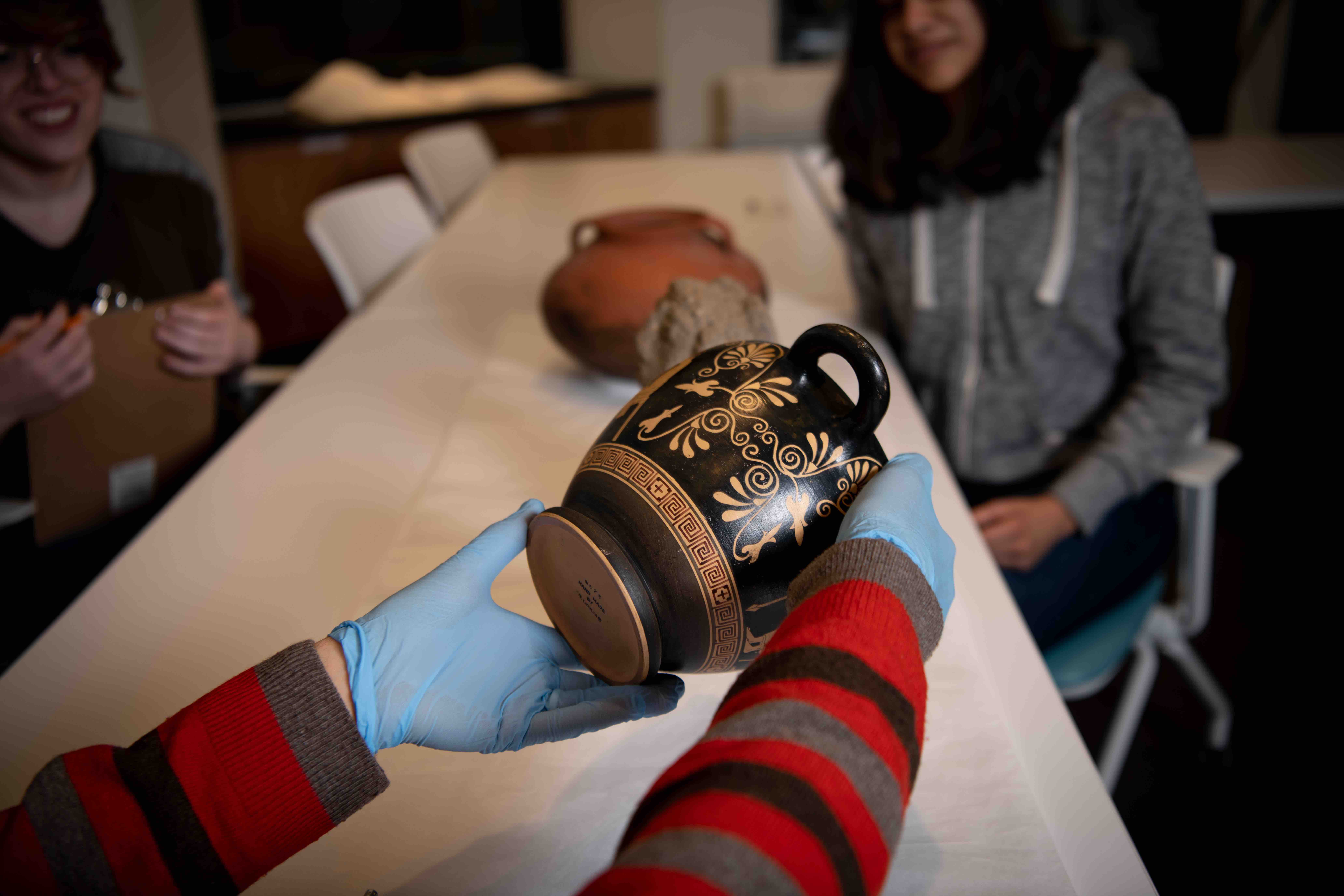
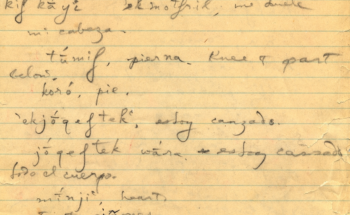

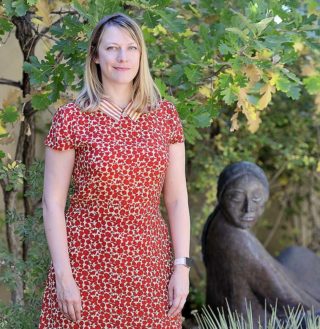 16.
16.